Nope, you're not imagining things, this is the classic Pad Thai you know from your favorite Asian restaurant, only made better with our Chain Reaction and Cattle Drive. We've said before that it's funny how many Latin Americans tend to have a weak spot for good Asian cuisine. During the early days of the COVID-19 shelter-in-place orders Manny and were out in Tucson where it should be easy to get Mexican staples like beans, rice, tortillas, etc., but everyone else had the same idea and already made a run on those, so we immediately went to the "ethnic aisle" (which means Asian in the desert Southwest) and basically bought everythign we could, then when we were home I opened Paprika (the amazing recipe manager) and found my Asian recipes. We started with simpler preparations that were pure-play stir-fry dishes not involving noodles, but pretty quickly this Pad Thai beame a reliable dish in the dinner rotation because you can tailor the heat easily with the Chain Reaction® (we used Uncontrolled Chain Reaction®, but remember to add a little salt if you go the Uncontrolled route since its sodium content is lower than original Chain Reaction®) Also, it's really nice to be able to easily control the sweetness of the recipe with the amount of sugar in the sauce. You will notice that this recipe is far less sweet than what you typically get at the restaurants. Feel free to add or remove sugar to your desired sweetness.
Let's talk about the long pole in this tent, which is the noodles. Yes, you need to find rice stick to make this. Other noodles will not be the same in this recipe. If you can't source them at your local grocery store, grab some from Amazon. The width of the noodles is personal preference, but the medium ones are what are most common for Pad Thai in the restaurants. It is a learning experience for those new to rice stick to soak the noodles before you use them (well, at least it was for us) until they yield and are uniformly moist. The noodles actually go through 3 phases of cooking, the first is the soak in warm (not hot) water on your countertop or sink. Then you drain them and add them to the wok and they cook over direct heat. Finally, they steam with the sauce getting them to the supple mouth-watering consistency we all know and love about Pad Thai. The next most important thing in this recipe (aside from fresh chicken and shrimp) is the sauce. Fresh lime adds an acidity that you cannot replicate with packaged lime juice. You should definitely taste the raw sauce once it's mixed up and adjust the Casa M Spice® blends to taste for heat, salt, and pepper flavors (as well as the onion, garlic, and other background flavors we're so famous for).
As always, from our table to yours... #SpiceConfidently #EssenceOfFlavor #ChemistryInTheKitchen #CasaMSpice
— Mike Hernandez
ingredients
For the Sauce:
- 4 Tablespoons Thai fish sauce
- 3 Tablespoons tamarind paste
- 1 Tablespoon lime juice, freshly squeezed
- 1 Tablespoon rice vinegar
- 4 Tablespoons sugar
- 1 Tablespoon Casa M Spice Co® Chain Reaction®
- 1 Tablespoon Casa M Spice Co® Uncontrolled Cattle Drive®
For the Pad Thai:
- 2 Tablespoons coconut oil
- 2 cloves garlic, minced
- 2 Tablespoons packaged shredded sweetened radish
- 1 teaspoon dried shrimp, diced
- 2 eggs
- 1 cup chicken breast or thigh meat, cut into thin strips
- 10 large shrimp, cleaned and peeled
- 3 cups medium rice stick, soaked in warm water for an hour until they are supple
- 3 scallion tops, cut into 3" julienne
- 1/4 cup dry roasted peanuts, chopped
- 1 cup bean sprouts (optional, as topping)
FEATURED QUOTE
It is a learning experience for those new to rice stick to soak the noodles before you use them (well, at least it was for us) until they yield and are uniformly moist.
- Mike HernandezLET’S GET COOKING
-
1.
To make the sauce, combine all ingredients in the sauce section and mix well, stirring until the sugar dissolves. Cover and reserve for cook-time.
-
2.
Heat a wok over high heat until it gets pretty hot then add the coconut oil and coat the wok completely. The next few steps go quickly, so have all your ingredients mis en place to ensure they are ready to add to the wok.
-
3.
Add the garlic to the wok and let it fry in the oil very briefly, about 10 seconds max or it will start to burn. Next, quickly add the radish and dried shrimp and stir-fry about a minute until they start to smell really good.
-
4.
Move these ingredients to the side of the wok leaving the bottom of the wok open. Add the eggs into the middle along with the chicken. As the egg starts to cook, pierce the yolk and let it ooze out onto the chicken mixing as you go to prevent overcooking on the bottom. As the eggs approach being cooked, mix everything together in the wok and add the shrimp, stir-frying them for about a minute until they start to get color and become opaque.
-
5.
Add the drained, soaked noodles and cook until they are soft with minimal "bite" to them, this is usually 2-5 minutes depending on the heat-source and wok type.
-
6.
Add the reserved sauce and mix thoroughly to fully coat the noodles and other ingredients. Cook, stirring often, for 2-3 minutes until the sauce is absorbed and the noodles are cooked through.
-
7.
Make an indentation in the middle of the noodles and add the scallions there spooning noodles over the top of the scallions to steam them for about a minute.
-
8.
Turn the heat off the wok and add 3/4 of the chopped peanuts and mix them in, then transfer to serving dishes and garnish with the remaining peanuts and bean sprouts if you are using them.
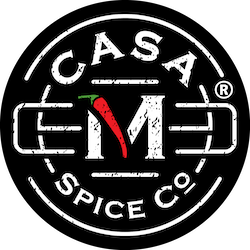
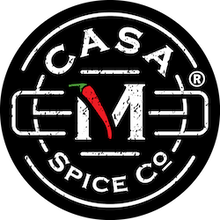





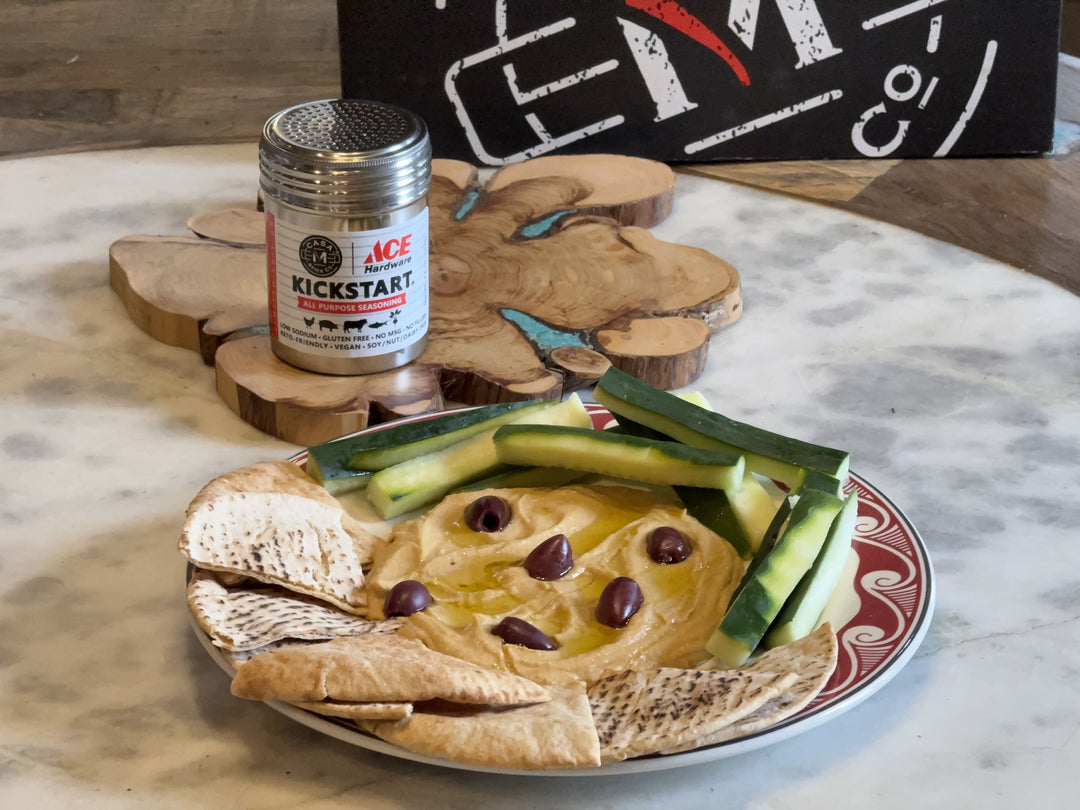
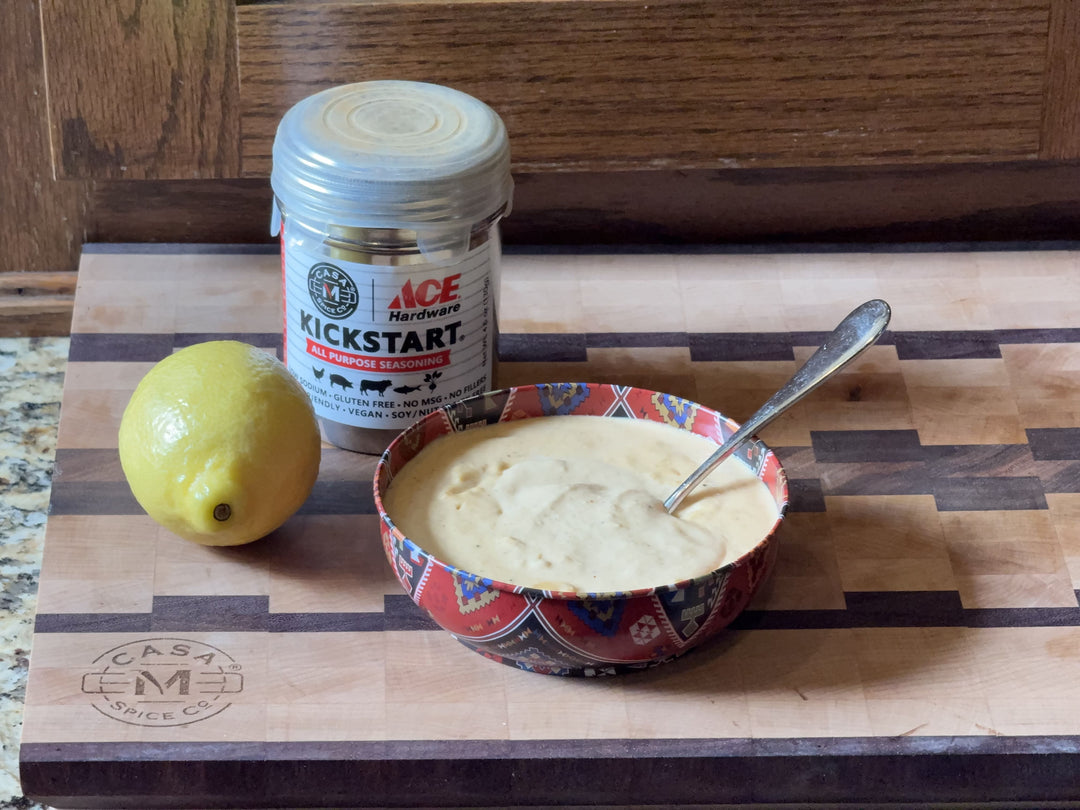

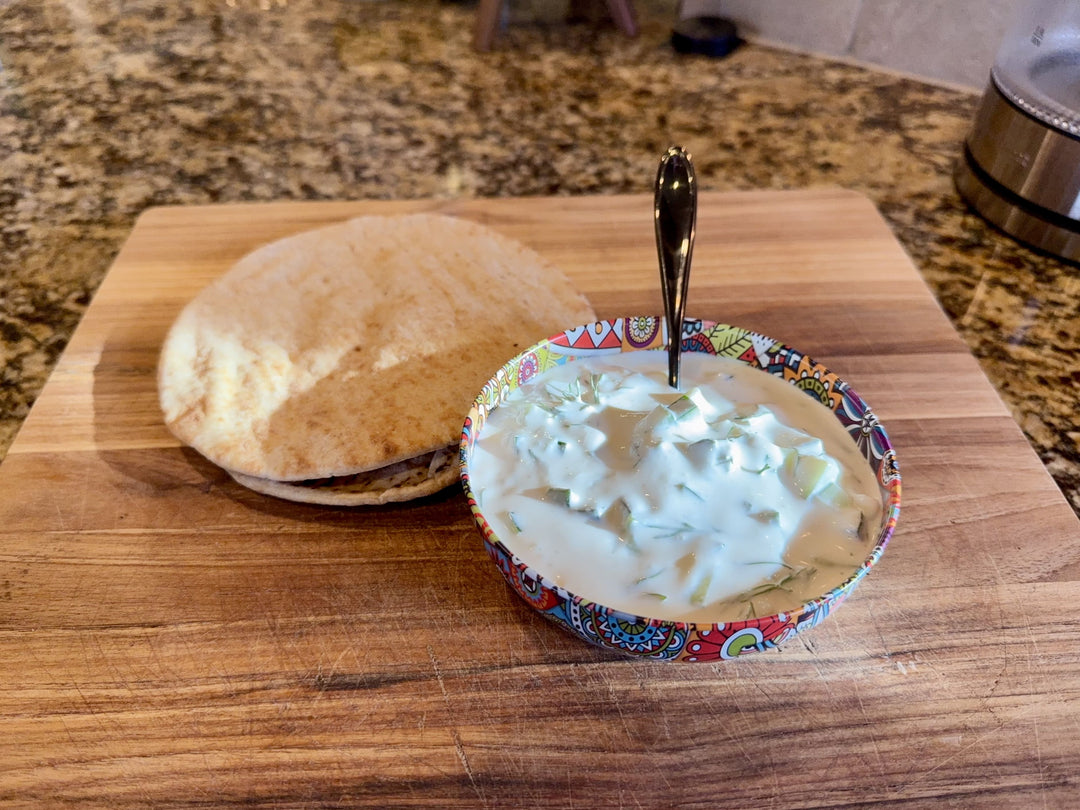
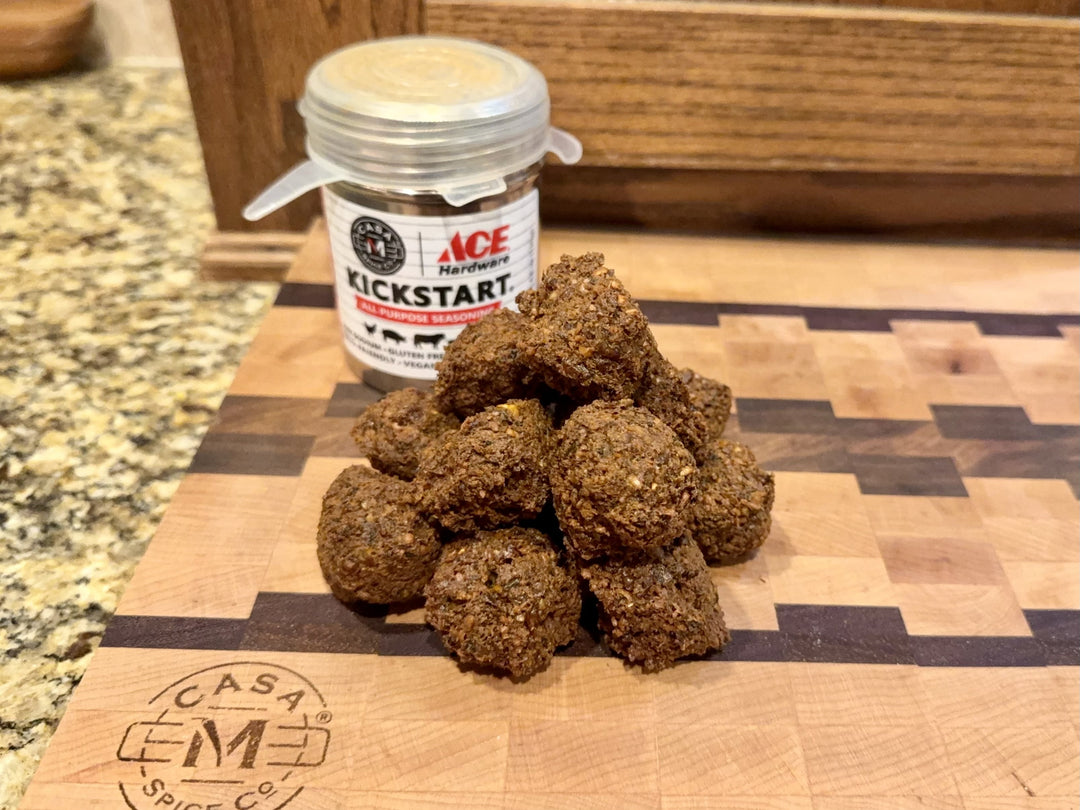
Leave a comment